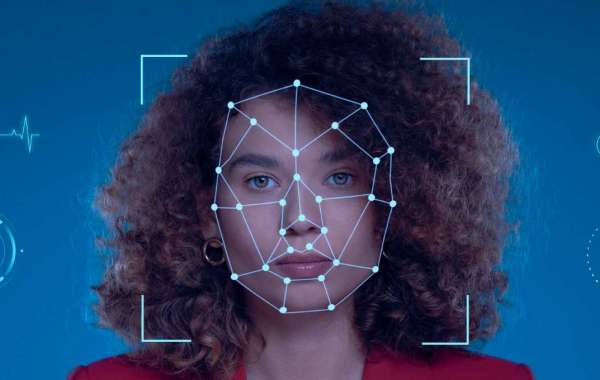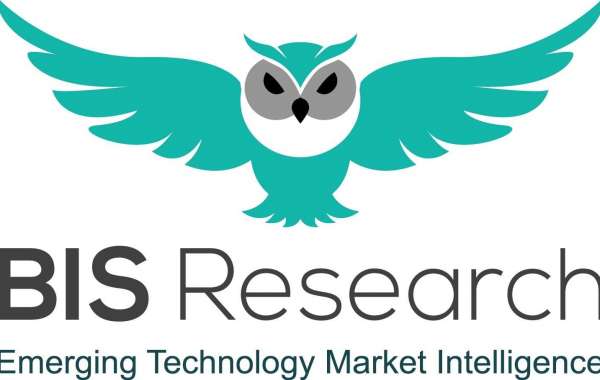Human identification is widely used in forensics, paternity testing, disaster victim identification, and anthropology, among other applications, with DNA analysis/profiling being a key tool in this sector. Due to increasing demands on time and resources, human identification and forensics labs are under constant pressure to increase the efficiency of their workflows without sacrificing quality. Examining the variety of biological indicators that are available to investigators illustrates the basic principles of each process in criminal investigation and paternity identification. While DNA and fingerprints are clearly the favored methods of identification, they require a prior record and verifiable baseline for comparison. Further remarkable advancements in the field of genomics, proteomics, molecular biology, data analytics, and technical engineering have paved the way for the development of advanced NGS-based technologies, such as SNP and STR sequencing. The impressive research on molecular technologies and biomarkers using NGS has unlocked pathways for the development of various momentous procedures such as mtDNA sequencing.
The growing demand for non-invasive diagnostic procedures enabling genetic profiling has further enhanced the requirement for NGS technologies. Acknowledging the future potential for massive growth in demand for noninvasive diagnostic procedures, several biotechnology companies such as Illumina, Inc., Thermo Fisher Scientific, and Agilent Technologies, Inc. have invested substantially to aid further developments in forensics technologies.
Human Identification Market is projected to reach $6,435.6 million by 2032 from $1,385.8 million in 2021, at a CAGR of 14.77% during the forecast period 2022-2032. The growth in the global human identification market is expected to be driven by the increasing adoption of NGS in various research fields, high adoption of forensic applications, and technological advancements in the field of molecular techniques and diagnostics tests.
Market Drivers
Increasing Demand for Human Identification Products/Technologies
Due to the ever-rising forensic cases, the need for better products and services is becoming more evident. Several key players are aligning their technologies as per the market requirements to provide technologically advanced products and services by adopting inorganic strategies such as product launches. The Federal Bureau of Investigation reported that violent crime fell nationwide in the period from 2015 to 2020. During crime reporting, the FBI's Uniform Crime Reporting Program considered murder, forcible rape, and aggravated assault to be violent crimes because they are offenses that involve force or threat of violence.
Impact of COVID-19
The current global human identification market comprises various applications such as forensic applications, paternity applications, and other applications. It has been noticed that there has been a reduction in the capacity or shutdowns of laboratories and other research institutions, which has led to reduced usage of various products and services related to research.
The government imposed various restrictions during COVID-19, such as travel bans, quarantines, curfews, business shutdowns, and closures. This led to an increased cost of the COVID-19-related services. There have been many issues during the COVID-19 pandemic, such as operational failures, shipping issues, inaccurate demand forecasts, and other production issues.
Furthermore, the health and the safety of employees were impacted as COVID-19 reduced the efficacy of employees' work potential. However, the market related to COVID-19 grew during the pandemic as customers were in need of testing services. Overall, the impact of COVID-19 on the market size has been low-moderate. Some market players have reported a slight decline in sales. However, finances are already on their way to recovery. The decline in revenues was mostly a result of the initial phases of the COVID-19 pandemic, which comprised complete lockdowns across countries and major cities, thus interrupting the supply chain. The timeline of impact spanned the end of the first quarter and the second quarter of 2020 for most key markets across the globe. However, the pandemic has played a key role in enhancing the growth prospects of human identification and is expected to indirectly aid in improving the market growth outlook.
Get Free Sample Report - Click Here
Some of the prominent names established in this market are:
- Abbott.
• Agilent Technologies, Inc.
• Bio-Rad Laboratories, Inc.
• Eurofins Scientific
• Promega Corporation
• Illumina, Inc.
• Laboratory Corporation of America Holdings
• PerkinElmer Inc.
• QIAGEN N.V.
• Thermo Fisher Scientific Inc.
• Verogen, Inc.
• NMS Labs
• AUTOGEN INC.
• GENETEK BIOPHARMA GmbH
• SecuriGene Technologies Inc.
Key Questions Answered in the Report
▪ What are the major market drivers, challenges, and opportunities in the global human identification market?
▪ What are the key development strategies which are implemented by the major players to sustain in the competitive market?
▪ Which is the dominant product type developed by the leading and emerging players for human identification?
▪ How is each segment of the market expected to grow during the forecast period from 2022 to 2032?
▪ Which companies are anticipated to be highly disruptive in the future, and why?
▪ From the end-users' point of view, does efficiency or convenience hold the key to driving the global human identification market?













